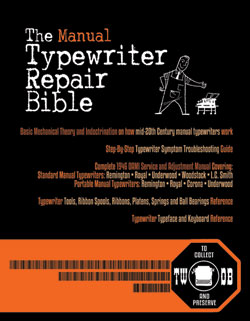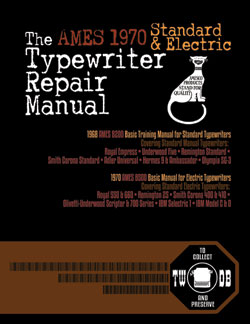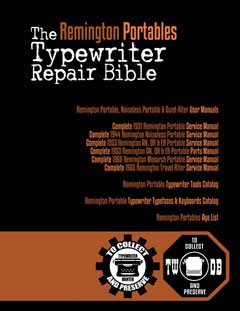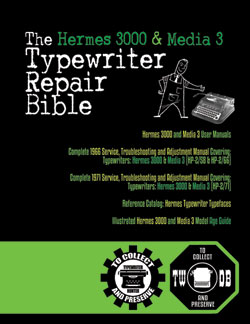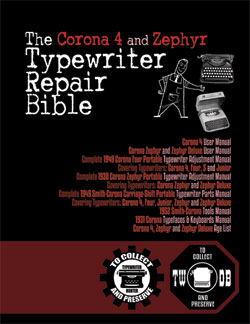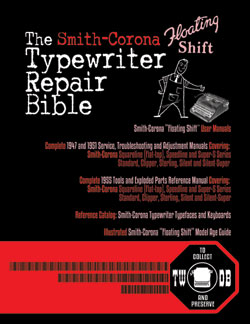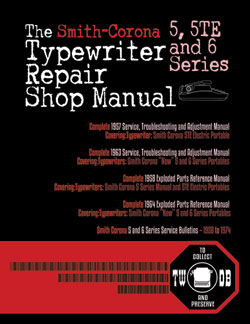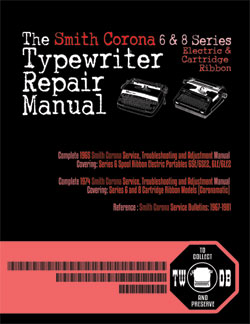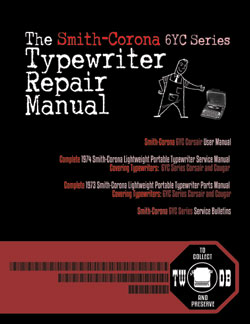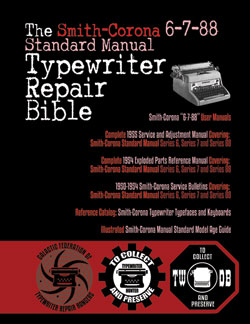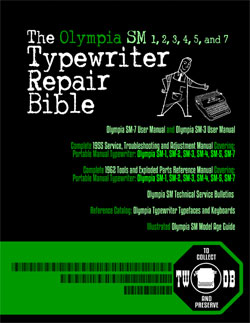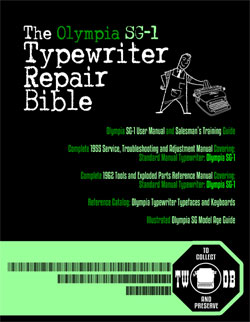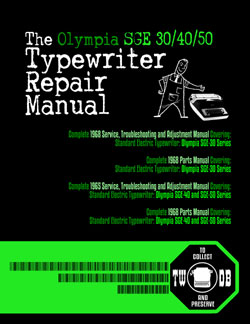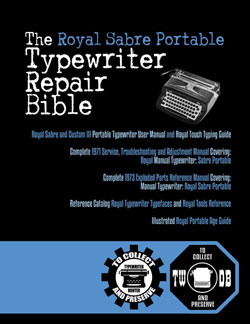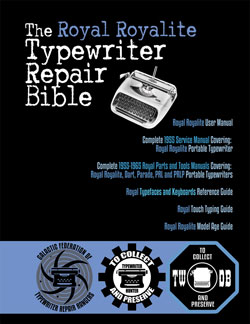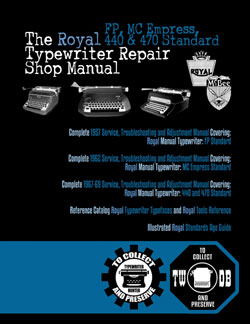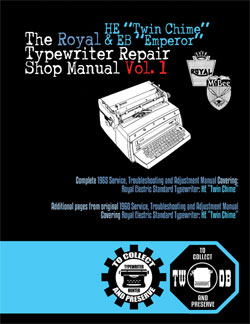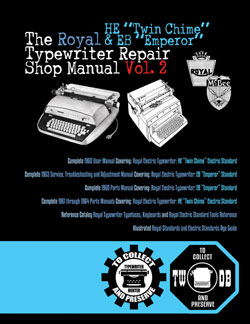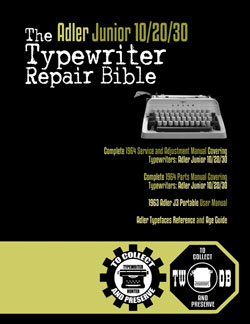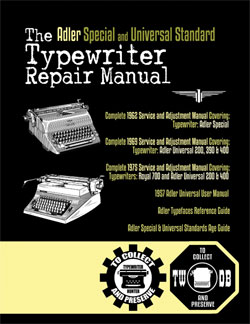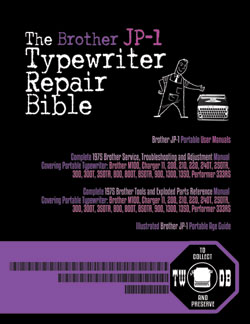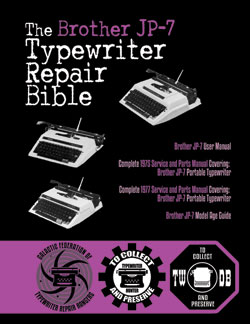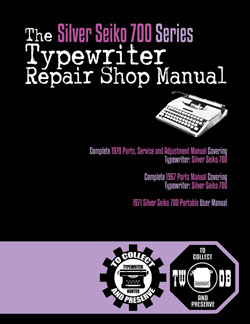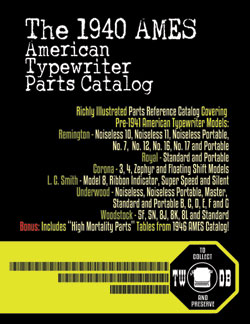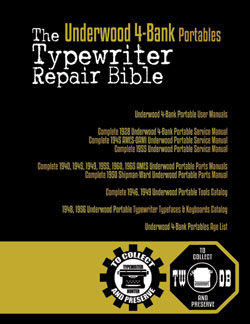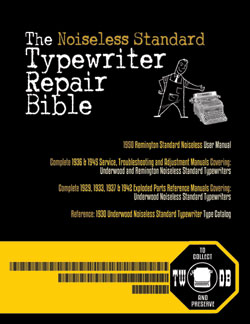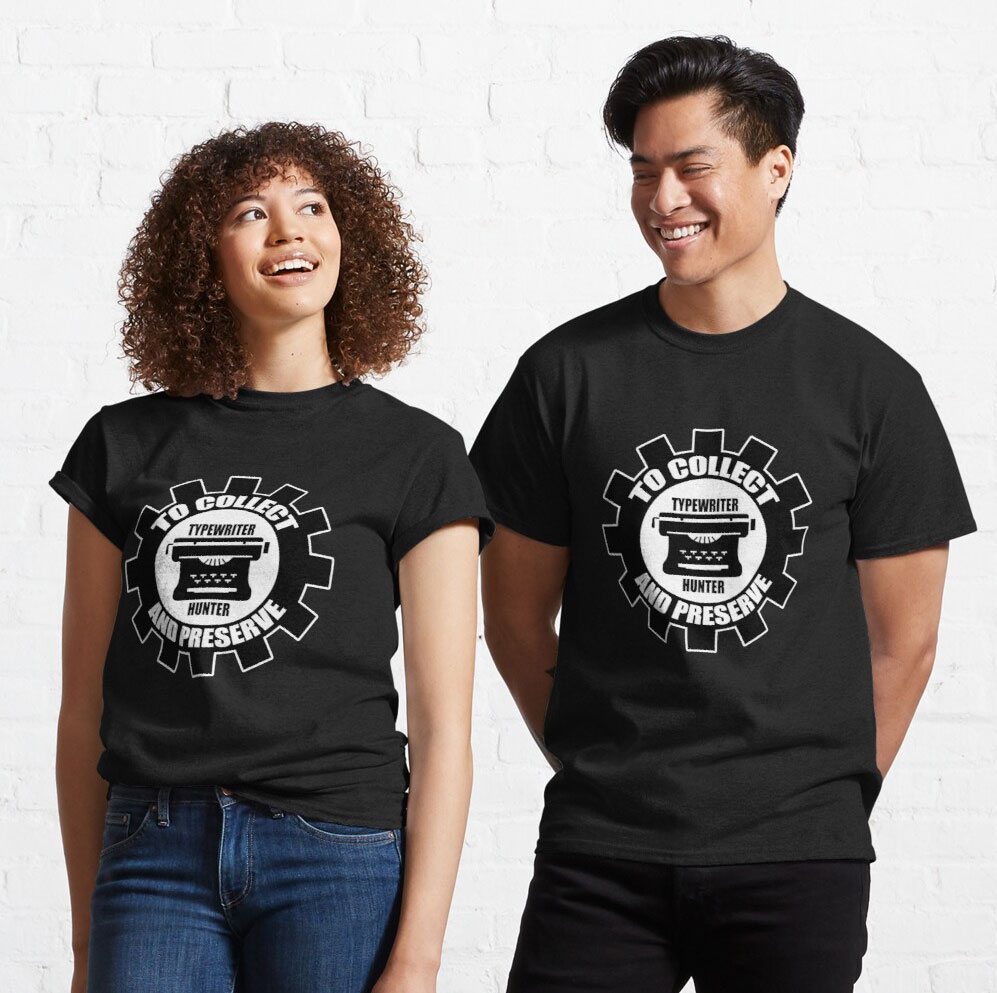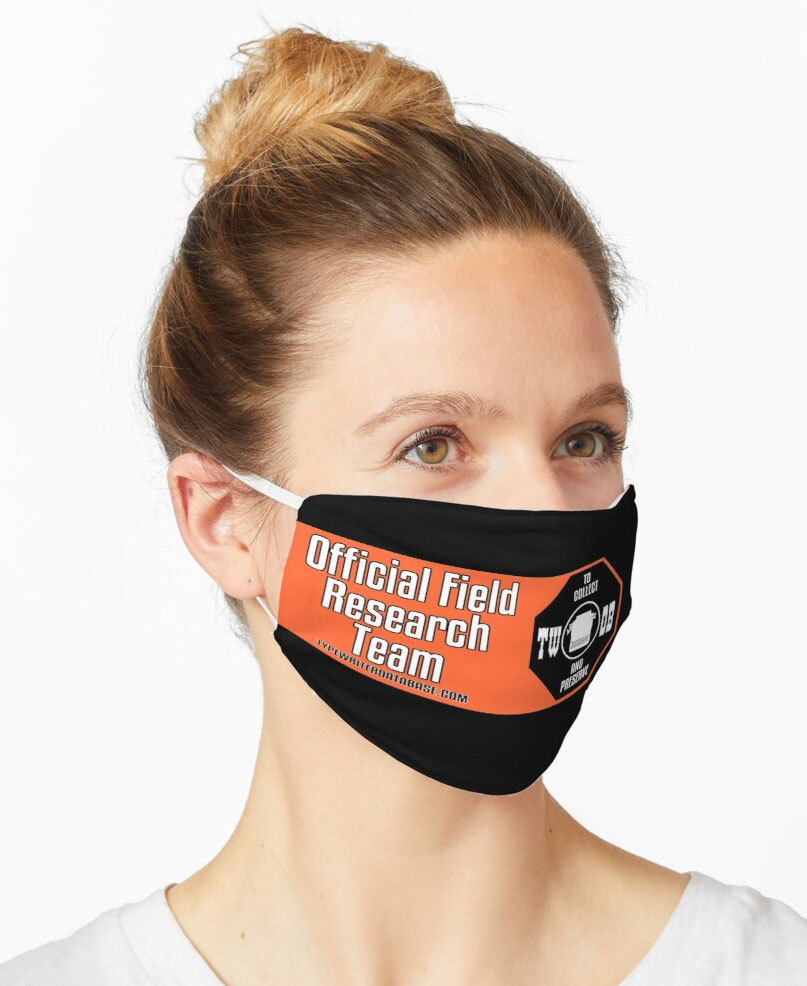1950 Underwood Champion #J2024318
Status: My Collection
Hunter: Wayne Bouchard (azweb100)
Created: 06-24-2024 at 12:07PM
Last Edit: 06-24-2024 at 12:25PM
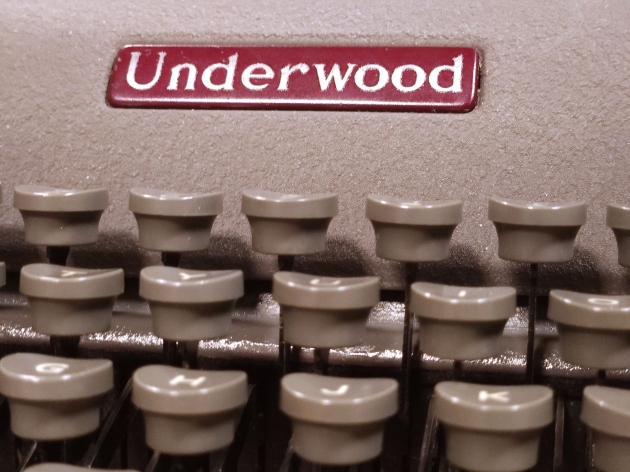
Description:
A later era Underwood Champion typewriter. This series of typewriter was introduced in the 1930s. What I present here is the later "Finger-Flite" design from the 1950s. It is equipped with Distinctive Pica (DP) type face at 10 pitch and 6 lines per inch. This is a higher end unit for Underwood at the time, offering a keyboard set tab system as well as an "all clear" lever. Interestingly, the paper guide is on a scale of paper widths from the center out. So set 8 1/2" and the paper is in the center of the platen. The case is probably 70% condition, having some wear and scars visible.
After using this typewriter, my observation is that the design is far less forgiving of typing technique than others. It requires a lighter touch and a rapid stroke. Otherwise, you get rebound issues (ghosted letters) and skipping. The skipping is particularly bad if you manage to rub another key on the way down, even though the trip point is a good half inch from the platen. It is also worth noting that the type lever system us different than seen in the Smith-Corona and Royal typewriters. These levers go all the way to the back. The result is that, with the long radius, the keys seem to go down in more of a straight line which gives it a little different feel. So, while this is a good typewriter, my impression is that it isn't for the amateur typist. It is also possible that the typewriter is still out of calibration and would have behaved better when it was new, but the fact that it can drift this far, assuming that to be the case, doesn't speak well of the foundation design elements.
Typeface Specimen:
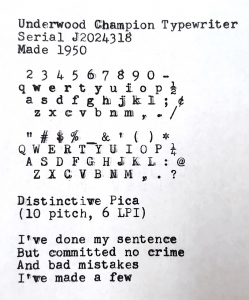
Photos:
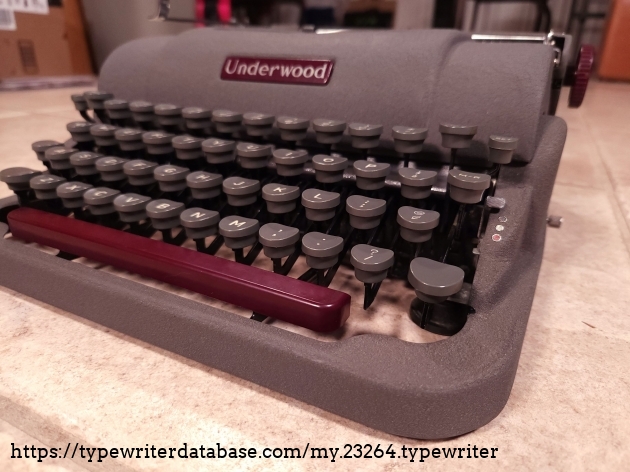
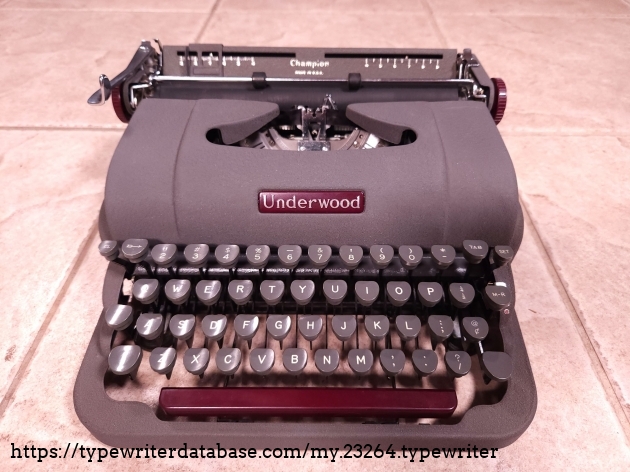
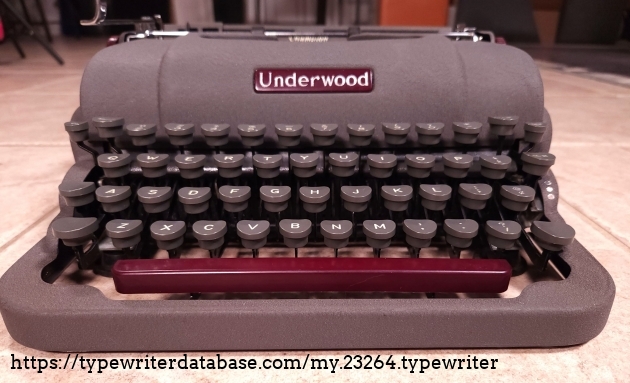
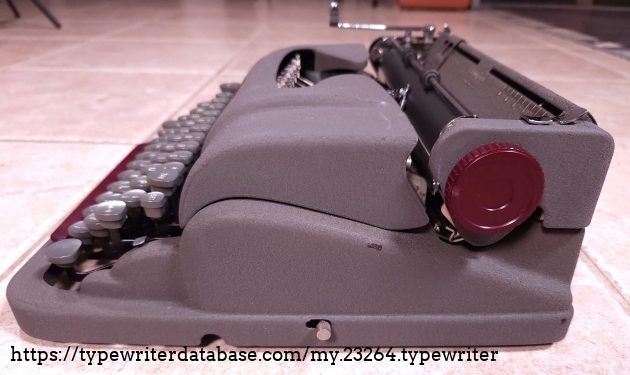
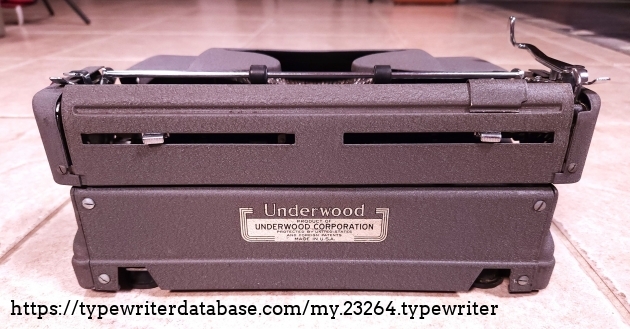
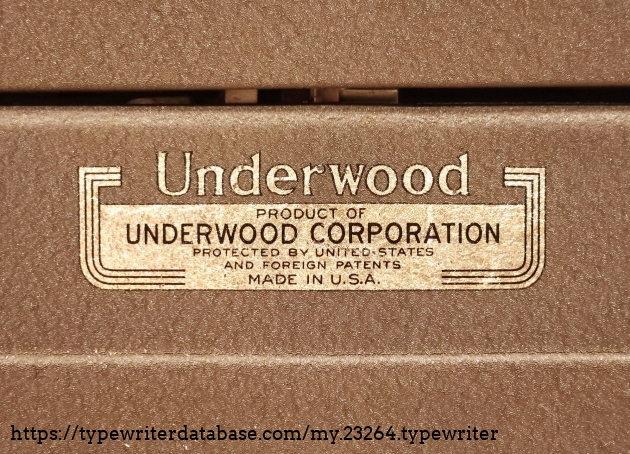
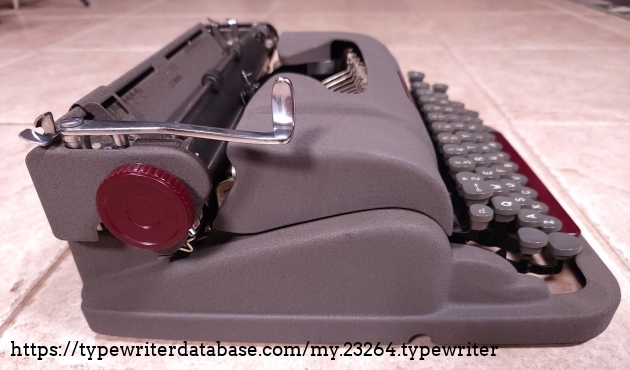
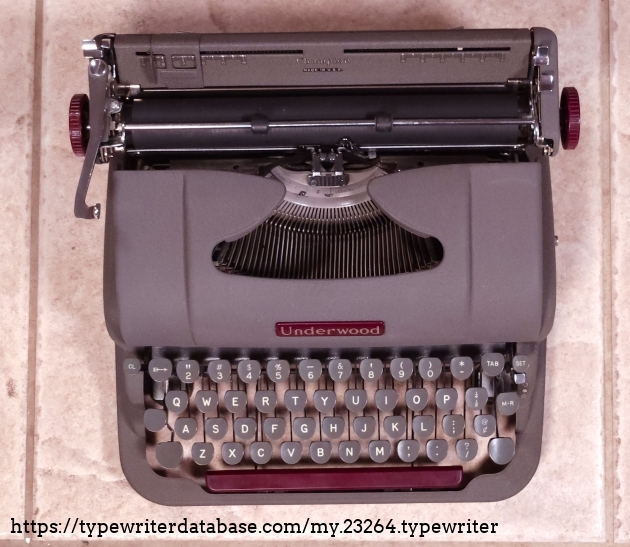
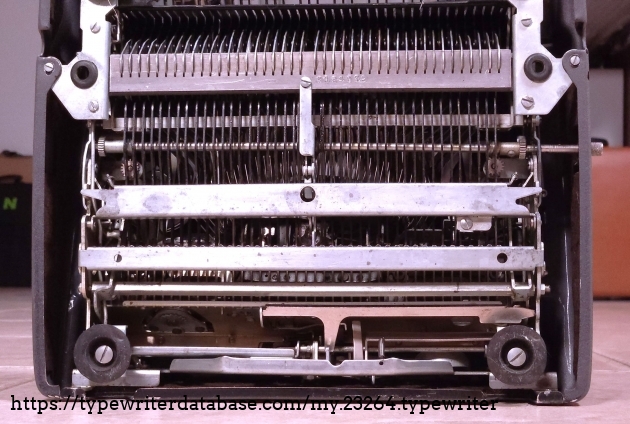
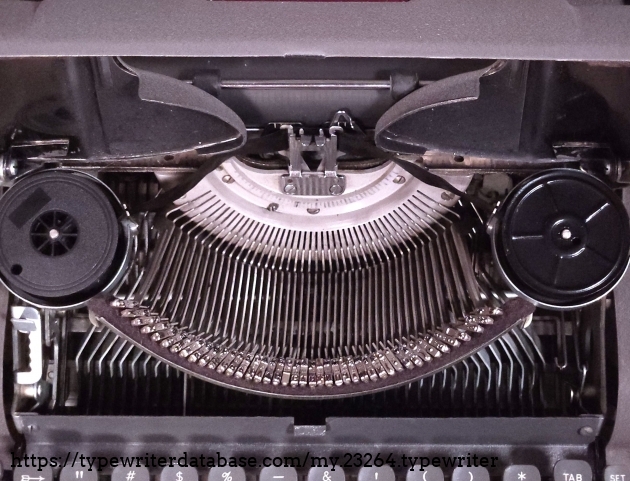
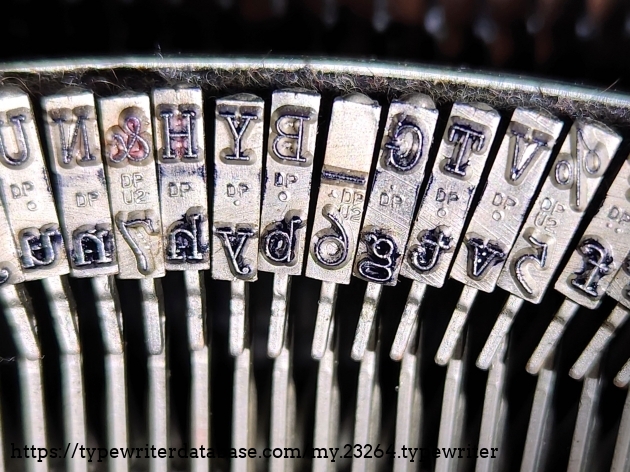
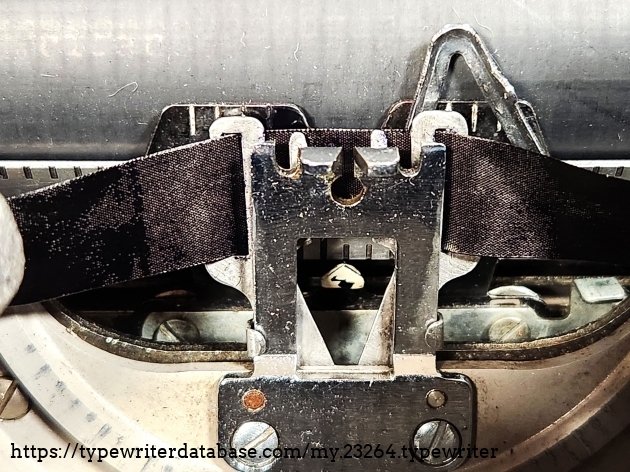
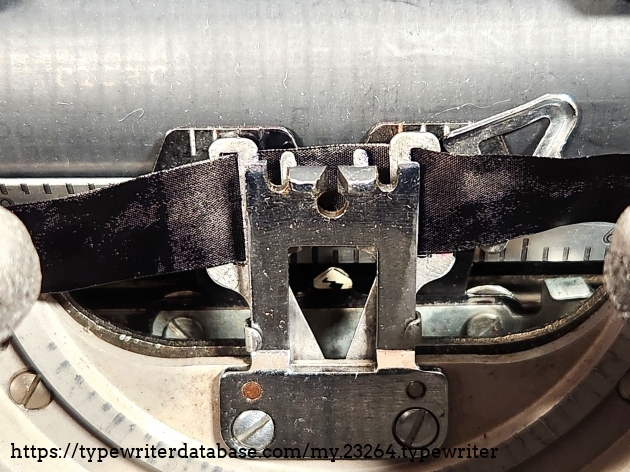
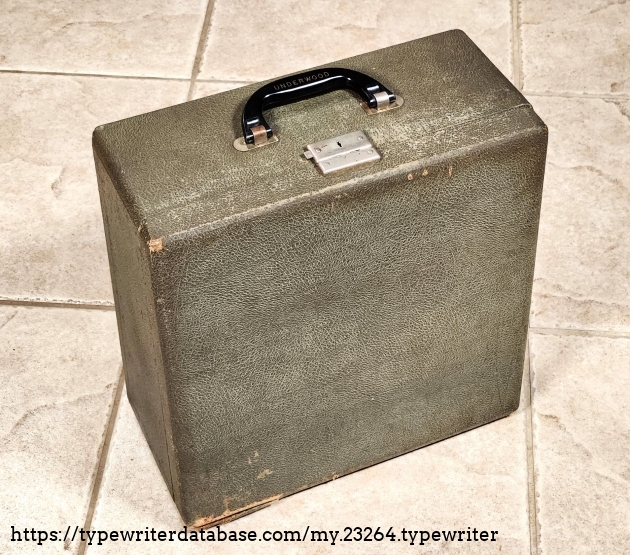
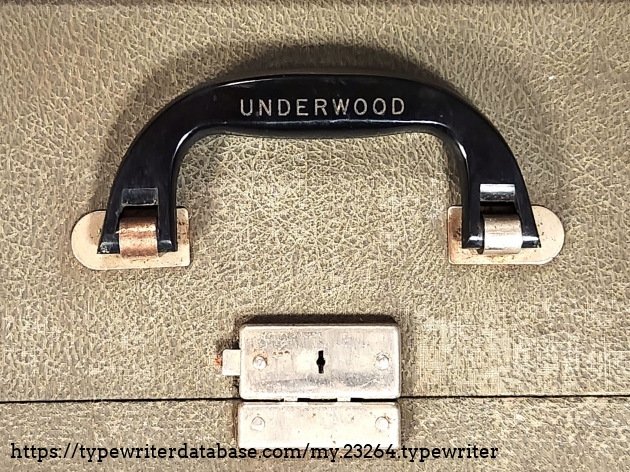
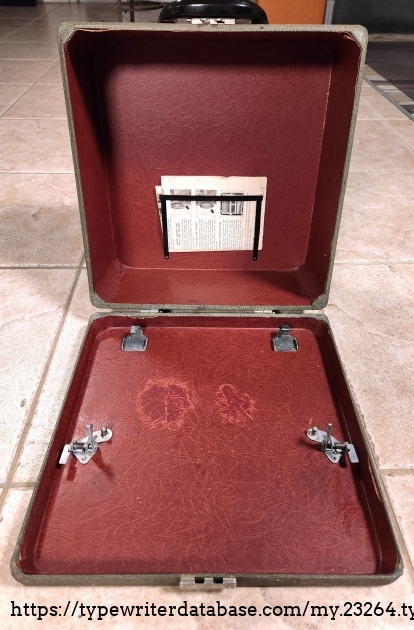
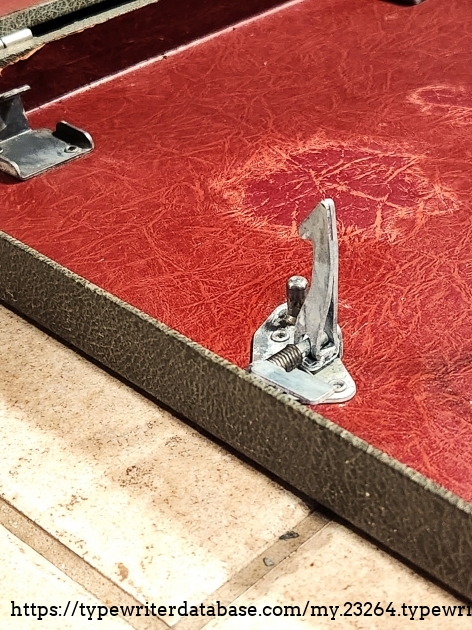
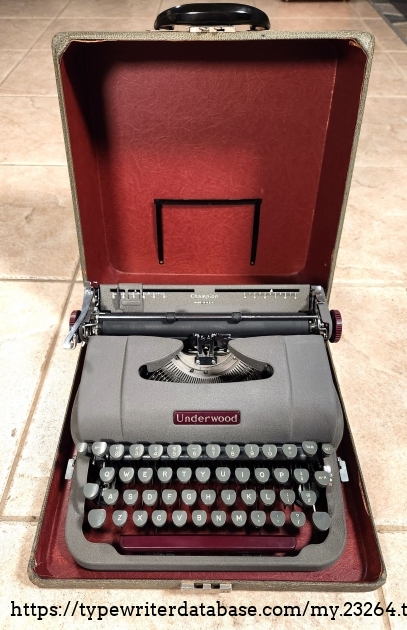
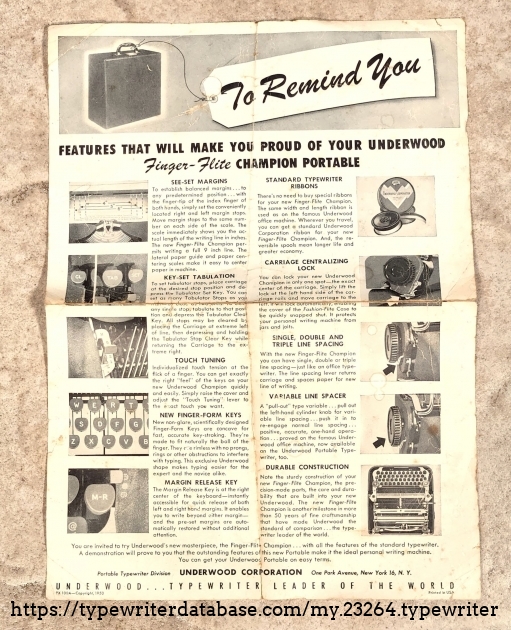
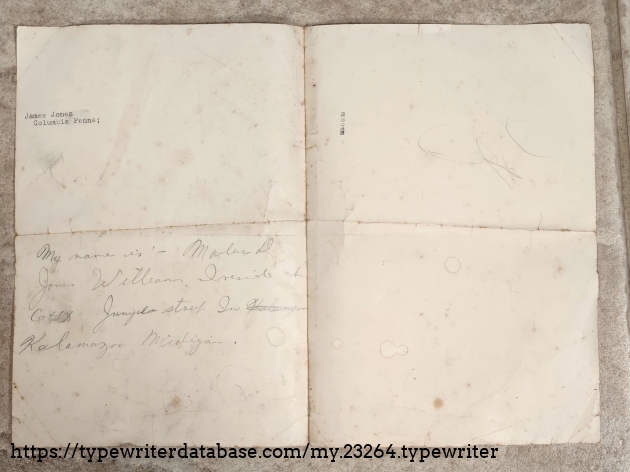
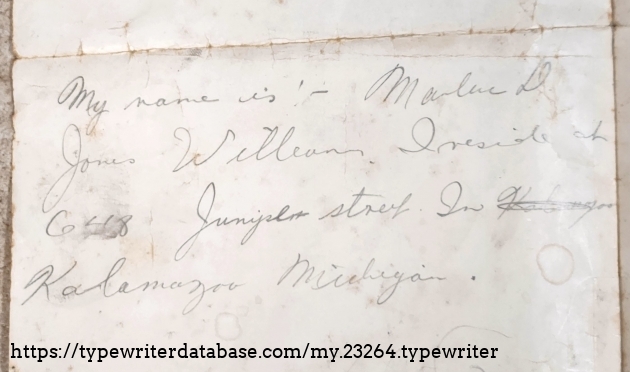
Hunter: Wayne Bouchard (azweb100)
Wayne Bouchard's Typewriter Galleries [ My Collection ] [ My Sightings ]
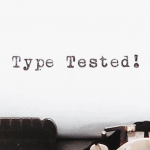
Status: Typewriter Hunter
Points: 1840
Collector of several things, including typewriters, slide rules, and mechanical calculators.
Started collecting typewriters in 2023 with a Royal HHE like the one I did my first book report on when I was in school and using my dad's old typewriter.
RESEARCH NOTE: When researching the Underwood Champion on a computer with lots of screen real estate, you may find that launching the Underwood Serial Number page and the Underwood Champion By Model/Year/Serial page in new browser windows can give you interesting perspectives on changes throughout the model series.
